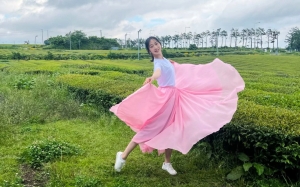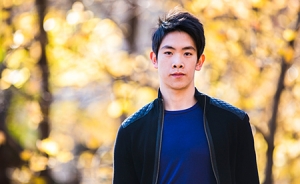The Chinese Zodiac
Legends and mythology are a big part of Chinese culture. The Chinese zodiac is the astrological equivalent to the 12 star signs in Western culture. At first glance, they might look very similar: both have cycles divided into 12; in both, the majority of symbols are animals; and both are said to indicate our personality and determine our fortune. But there are also some differences.
First, the Chinese zodiac corresponds to years rather than months and all symbols are animals, even if a bit eccentric to the Western eye—a snake? a rat? a dragon?
Second, the Chinese zodiac also indicates physical and mental attributes, and is commonly used to predict levels of success and happiness throughout a lifetime. Western zodiac signs, on the other hand, are more popularly used to tell a person’s moods and relationships, as well as make predictions or give advice about future events and behavior.
In other words, in popular culture, the Chinese zodiac is more about who you are and your predestined path rather than what you should or shouldn’t do.
Third, while the Chinese zodiac is a 12-year cycle, it’s actually more complicated than that. When you combine the 12 animals with the five elements of metal, wood, water, fire, and earth, you get a 60-year cycle.
So, a person born in 2013, the year of the snake, will be a water snake, a person born in 2025 will be a wood snake, and so on. Only in 2073 will there be a water snake again.
Traditionally, the Chinese zodiac begins with the rat. It then goes in order of: ox, tiger, rabbit, dragon, snake, horse, goat, monkey, rooster, dog, and pig.
But, why these animals?
The Jade Emperor’s Race
There are many myths about the origins of the Chinese zodiac, however this following well-known story tells of how the 12 animals came to be:
The Jade Emperor was the one who decided that the years on the calendar would be named after 12 animals. But what animals and in what order?
He decided to resolve this problem with a race—whoever wins will be the zodiac leader, and the rest will follow in turn.
The rat, being a sneaky animal, jumped onto the ox’s back and, when the ox neared the finish line, jumped off its back and won the race.
The pig, being lazy, was last to the finish line, but, with only 13 animals racing, still made it as the last zodiac animal. Then, what happened to the thirteenth animal, the cat?
Well, originally the cat and rat planned to wake up early and go together. However, when the rat woke, he didn’t wake the snoozing cat and just went by itself. By the time the cat arrived at the track, the race was already over. This is why, ever since, cats always prey and chase after rats—all because of how the rat tricked the cat out of its rightful zodiac title.
Born in 1990, my Chinese zodiac sign is the horse. Horses are cheerful, popular, quick-witted, changeable, talkative, agile, magnetic, intelligent, astute, flexible, and open-minded. However, they also can be fickle, arrogant, childish, anxious, rude, gullible, rebellious, and stubborn. I find it rather interesting how sometimes these signs really can reflect what kind of person you are.
Which Chinese zodiac sign are you?

Helen Shia
Dancer
15 Febbraio 2013






